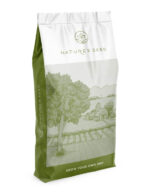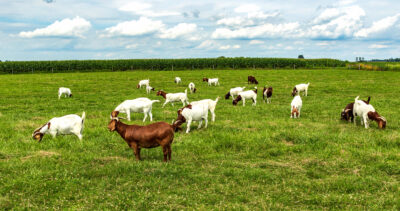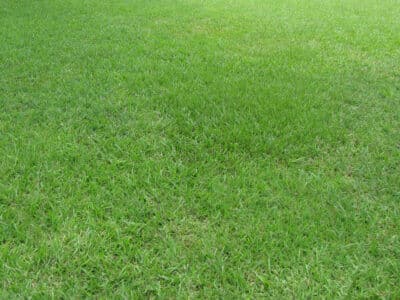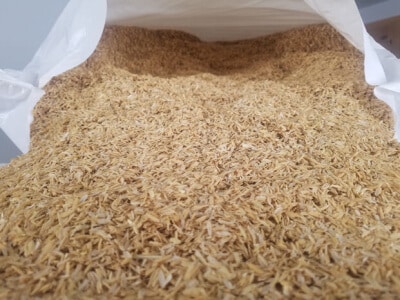Buy more and save!
Coverage Area
Price
5 lbs
$24.99
89 in stock
$24.99
89 in stock
Cereal rye is a cool-season, introduced annual bunchgrass. It’s the hardiest of all the cereal grains, and can be seeded late into the fall. Excellent choice for climates with harsh winters. It also tolerates dry, infertile soils and is very quick to establish. May become aggressive and spread to other areas. Cereal rye makes a great cover crop, and also has value in wildlife food plots. It can be planted in areas that receive at least 8 inches of annual precipitation.
Shipping
Nature’s Seed processes domestic orders from its Lehi, Utah warehouse within 3–5 business days (up to 5 days during peak season) . Standard UPS shipping takes an additional 2–7 business days, depending on destination . Orders over $150 qualify for free “Economy” shipping within the contiguous U.S. (you must select this option at checkout), while smaller orders incur a calculated shipping fee, typically $10 for standard economy delivery. Alaska and Hawaii are eligible for shipping, though free shipping does not apply there, and rural, remote, or expedited shipments may require extra fees or 1–2 extra delivery days . More information
Product Overview
Cereal rye (Secale cereale) is a cool-season, introduced annual bunchgrass—renowned as the hardiest of all cereal grains. It can be seeded late into fall, tolerates harsh winters, dry or infertile soils, and establishes rapidly, making it an excellent choice for cover cropping and wildlife food plots.
• Exceptional winter hardiness—survives down to –35 °C and thrives under snow cover :contentReference[oaicite:1]{index=1}
• Rapid fall germination at 1–5 °C—ideal for late planting :contentReference[oaicite:2]{index=2}
• Tolerant of low-fertility, clay, sandy, and dry soils :contentReference[oaicite:3]{index=3}
• Aggressive growth provides excellent weed suppression via allelopathy and shading :contentReference[oaicite:4]{index=4}
• Reduces erosion, conserves moisture, and enhances organic matter :contentReference[oaicite:5]{index=5}
• Scavenges soil nitrogen, reducing nitrate leaching :contentReference[oaicite:6]{index=6}
• Valuable wildlife forage—deer and other species feed on early growth stages :contentReference[oaicite:7]{index=7}
Cereal rye adapts to a wide range of precipitation zones (≥8″ annually), growing vigorously across USDA Zones 3–7 and beyond. Its robust, deep root system improves soil aggregation and structure, making it a go-to crop for both agricultural and ecological applications.
While its aggressive nature can lead to volunteer plants if not terminated before seeding, proper management—like mowing or crimping before flowering—prevents unwanted spread :contentReference[oaicite:8]{index=8}.
Directions
Seeding Rate & Timing: Broadcast or drill in fall. Aim for establishment at least 4 weeks before average first frost. Germinates in soil temps as low as 1–5 °C :contentReference[oaicite:9]{index=9}.
Applications:
• Cover Crop – prevents erosion, suppresses weeds, builds organic matter and soil structure :contentReference[oaicite:10]{index=10}
• Wildlife Food Plot – plant in early fall for tender forage; terminate before seedhead develops to avoid volunteer rye :contentReference[oaicite:11]{index=11}
• Forage/Hay – yields up to 7,000 lb dry weight per acre; good cattle forage :contentReference[oaicite:12]{index=12}
Management: Terminate prior to flowering (approx. at flag leaf stage or before 750 accumulated heat units in spring) to avoid competition with subsequent crops and prevent volunteers. Rolling/crimping helps form mulch and control weeds :contentReference[oaicite:13]{index=13}.
| Weight | 5 lbs |
|---|---|
| Dimensions | 2 in |
| Seed Type |









